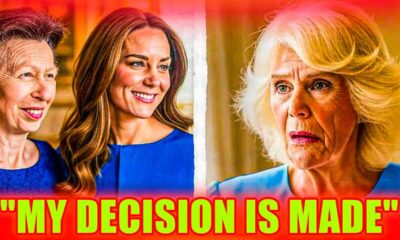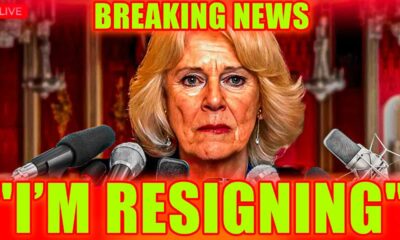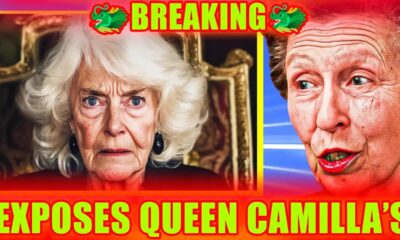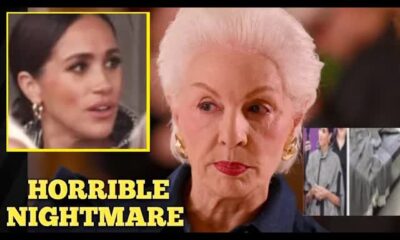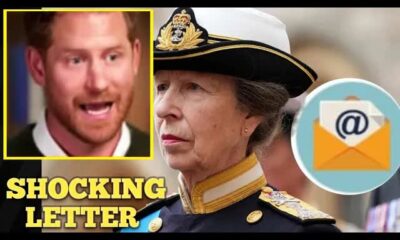The News
Camilla’s Royal Journey: From Controversy to Conundrum
The British monarchy has long been a symbol of national identity, enduring the test of time through political upheavals and personal scandals.
Yet, within this storied institution, individual members often face their own trials.
A prime example is Camilla, Queen Consort, who has transformed from one of the most controversial figures in the royal family to a key player alongside King Charles III.
However, her recent experiences reveal a complex web of emotions as she grapples with feelings of exclusion amid the King's strategic choices.
Camilla's path to the throne was anything but smooth.
In the 1980s and 1990s, she was vilified as the other woman during the tumultuous marriage of Charles and Princess Diana.
The public scorn she endured was relentless, with media portrayals painting her as a villain.
Despite the negativity, Camilla demonstrated remarkable resilience, working quietly to rebuild her public image through charity work and strategic appearances.
By the time she married Charles in 2005, many began to see her as a supportive partner rather than an interloper.
In 2023, when Charles ascended to the throne, Camilla officially became Queen Consort, marking a significant milestone in her journey of redemption.
However, instead of basking in the glory of her new title, she now finds herself questioning her role within a rapidly evolving monarchy.
This uncertainty has been exacerbated by King Charles's emphasis on promoting younger royals like Prince William and Princess Catherine, who have taken on greater responsibilities and visibility.
King Charles III has always been forward-thinking, recognizing the need for the monarchy to modernize.
His reign has been characterized by a focus on environmental issues, urban planning, and interfaith dialogue.
Since becoming king, he has prioritized the next generation of royals, positioning William and Catherine at the forefront of royal duties.
This move is seen as a strategic effort to secure the monarchy's future and connect with a younger audience, but it has inadvertently sidelined Camilla.
The role of Queen Consort is steeped in tradition, typically involving support for the king and participation in ceremonial duties.
Historical figures like Queen Elizabeth, the Queen Mother, and Prince Philip exemplified how to carry out these responsibilities with grace and influence.
Yet, Camilla's past continues to cast a long shadow over her acceptance.
Although she has made strides in winning over the public, opinions remain divided, especially in comparison to the popularity of William and Catherine.
Adding to Camilla's challenges is the modern expectation that royals engage with the public more personally.
William and Catherine have excelled in this regard, utilizing social media and relatable messaging to build strong connections with the public.
Despite her best efforts, Camilla struggles to match their appeal, which limits her influence and visibility within the royal framework.
At the core of Camilla's current struggles lies her relationship with King Charles.
Their bond, forged over decades, is a source of strength for both.
However, as king, Charles must make tough decisions that prioritize the institution over personal ties.
This shift has led to difficult dynamics, where Camilla feels overshadowed by the rising prominence of William and Catherine, challenging her identity within the monarchy.
Speculation about Charles's health has further complicated matters.
Reports of his potential battle with cancer, although unconfirmed, have raised concerns about the future of the monarchy, adding to Camilla's anxiety regarding her own role in a post-Charles royal landscape.
These uncertainties weigh heavily on her, as she contemplates her place in an institution steeped in tradition yet striving for modernity.
Camilla's experience as Queen Consort reflects broader challenges faced by women in positions of power, particularly within patriarchal institutions.
While the monarchy has made strides toward modernization, male figures often dominate public perception.
Female royals, including Camilla, are frequently scrutinized under stricter standards.
As she navigates her role, Camilla confronts the challenge of redefining herself beyond the supportive partner image.
The emotional toll of feeling sidelined cannot be overstated.
After years of striving to secure her position, Camilla's sense of exclusion from key decisions is profoundly painful.
This struggle is compounded by the public's adoration for William and Catherine, whose popularity often eclipses her contributions.
As the monarchy evolves, Camilla must find a way to balance tradition with the new expectations that come with modernization.
As the British monarchy looks to the future, its ability to adapt remains crucial.
King Charles's strategic decisions, while sometimes controversial, reflect a vision for a relevant and engaging royal family.
For Camilla, this new chapter presents both challenges and opportunities.
Though her role may not be as prominent as she envisioned, she still plays a vital part in the royal family, providing support and stability during uncertain times.
Navigating this evolving landscape will not only shape Camilla's legacy but also influence the broader narrative of the monarchy's transformation.
Her journey, marked by resilience and adaptation, serves as a testament to the sacrifices that often accompany public service.
As the monarchy continues to evolve, Camilla stands ready to redefine her role, leaving her mark on an institution that has defined her life.











